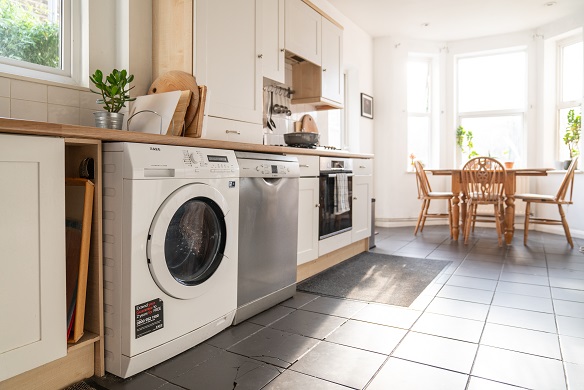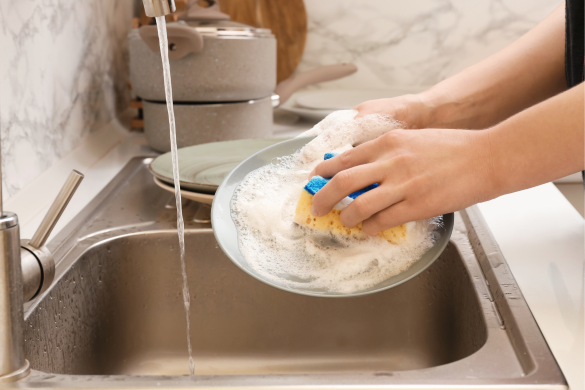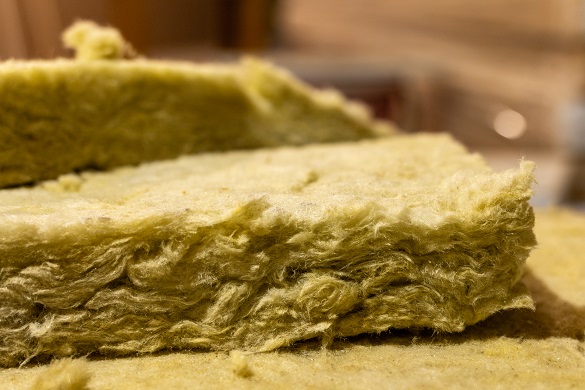With an increase in energy prices, it’s never been more important to try and save money where you can. Our home appliances are a blessing, but they cost money to run — some more so than others. If you’re trying to cut down on your energy use and save on electricity, there are a few things you can do.
Which appliances cost the most to run?
Generally, any electrical appliances that get hot or have moving parts will be the most expensive to run. You’ll find these are usually the things you use to heat your home and water, or to cook and wash.
All appliances have a power rating, normally given in watts (W) or kilowatts (kW). So, 1000W = 1kW. This is the amount of electricity it needs to work.
The table below shows what it costs to use a range of common appliances and devices in the home. The costs are based on a unit price for electricity of 34p per kWh (average Direct Debit rate). This was the price cap set after 1 October 2022.
You’ll notice that the appliances that only produce light or sound are usually the least expensive to run.
These costs are only an estimate to help you calculate what your electricity bill should come to. You can check the average power ratings for different appliances on the Centre for Sustainable Energy's website. You can use the Citizens Advice appliances tool to compare the average cost of using different electrical appliances too.
So, how do I save money?
There are a few simple things you can do to reduce the amount you spend using your home appliances.
Washing and drying

You can shave around £34 a year off your energy bill just by using your washing machine a little more carefully, according to the Energy Saving Trust.
- Use your washing machine on a 30 or 20-degree cycle instead of higher temperatures
- Reduce your washing machine use by one cycle per week for a year
- Try not to use a tumble dryer for your clothes but use racks inside where possible or hang washing outside in warmer weather to save around £70 a year
- Use shorter cycles, for example, a ‘quick wash’ for things that aren’t very dirty
- Wait until you have a full load before running a cycle
Making a cuppa
Kettles are one of the most used appliances in the kitchen. But many of us will admit that we probably boil the kettle with more water than we need to use.
By avoiding overfilling the kettle you could save around £13 a year on your electricity bill. Check the fill line on your kettle if it has one, or just measure out a mug of water if you’re making a brew for yourself.
Cleaning the dishes
.png)
We might not be able to stop arguments about the best way to load the dishwasher but by only running it when it’s full, you’ll save yourself some cash. This will mean a reduction in the number of cycles you need to run in a month, so that over a year, you'll find you’re spending a little less. Read more about how much it costs to run a dishwasher.
Unplug your appliances instead of using standby
The average UK household spends around £65 a year just by leaving appliances on standby. That’s just over £5 a month. But remember, the amount it costs to leave your appliances or devices on standby depends on how many you have and how efficient they are.
Unplug any appliance or device you’re not using. Almost all electrical appliances can be turned off at the plug without upsetting their programming. You might want to consider getting a standby saver or smart plug that lets you turn all your appliances off standby in one go.
Think about which devices you might want to leave on though, like your set-top TV box that records TV programmes or your Wi-Fi router.
Use your appliances at different times

Your appliances will only be cheaper to use at different times if you’re on a ‘time-of-use’ tariff like Economy 7.
Time-of-use tariffs charge you different prices for electricity at different times – with cheaper electricity available during ‘off peak’ hours.
For example, Economy 7 charges you:
- A cheaper price for electricity 7 hours a day — usually from midnight to 7am
- An above average price for the rest of the day
You can find out if you’re on a time-of-use tariff by checking your bill. If you’re on a time-of-use tariff, you’ll see total charges for more than one electricity price.
Don’t run appliances like washing machines or tumble dryers while you’re asleep — in the unlikely event that they catch fire, you’ll be less likely to notice. You can use a timer to set them to come on in the morning when you’re getting up before the off-peak price of electricity ends.
Using an energy monitor for a single appliance
A plug-in energy monitor plugs into a socket, then you plug your appliance into the energy monitor.
It shows you how much electricity the appliance is using — either on a screen on the monitor itself or through a smartphone app.
Some plug-in energy monitors let you enter the rate you pay for your electricity. This means they can show you how much the electricity is costing you.
Our blog is loaded with more related articles

Energy saving tips
How to insulate your home and save money
Just like we put on layers in winter, our houses need to wrap up too — that’s what insulation is for. By keeping th...
Read more

Energy saving tips
How to understand UK energy ratings
The appliances in your home — and your home itself — all have energy ratings to show how energy efficient they are....
Read more

Energy saving tips
What are the worst appliances to leave on standby?
Devices left on standby can still consume a significant amount of energy and lead to higher bills. Find out which appliances ar...
Read more
